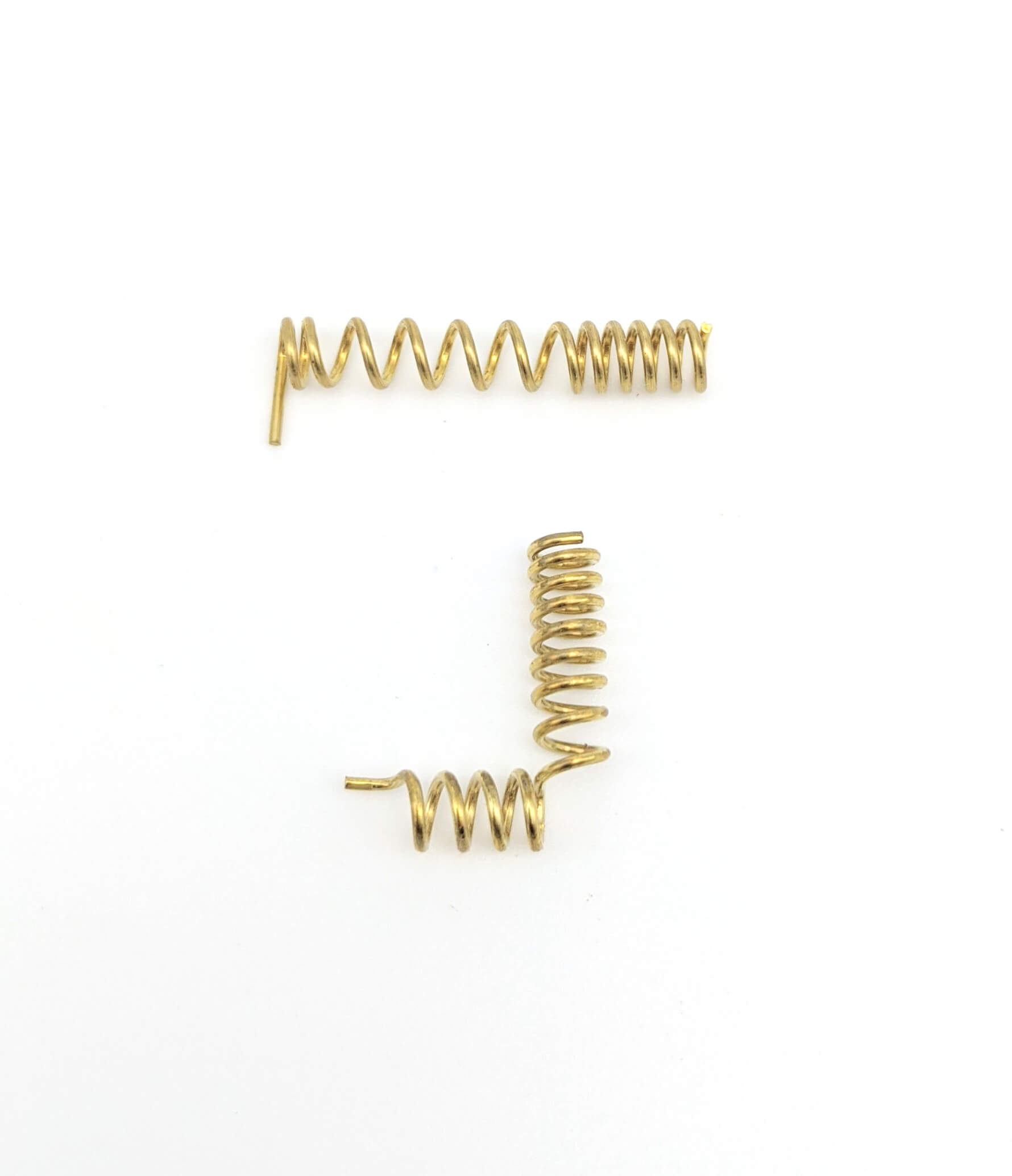Get unique, complex parts easily. No matter your requirements, Chaoyi Spring creates hard-to-produce coil springs and wire forms.
Let us help you create the custom wire form you need, from S-hooks and J-hooks to utility hooks and more.
We work closely with customers across a wide range of industries, helping them design and manufacture made-to-order parts.
Why choose Chaoyi Spring? We prioritize customer-focused collaboration, modern equipment and the latest technology to make your parts per print.
Find the information and guidance you need, from measuring a spring to learning about materials, placing an order and much more.
Springs, those ubiquitous coiled wonders, are the silent heroes of countless mechanical systems. From the delicate balance springs in watches to the robust suspension springs in vehicles, they play a


Springs, those ubiquitous coiled wonders, are the silent heroes of countless mechanical systems. From the delicate balance springs in watches to the robust suspension springs in vehicles, they play a crucial role in storing and releasing energy. Understanding the behavior of springs, particularly their compression, is essential for engineers and designers alike. The spring compression equation, a fundamental tool in mechanics, allows us to predict and control the force exerted by a spring under varying compression levels. This article will delve into the intricacies of the spring compression equation, exploring its derivation, applications, and limitations, along with illustrative examples to shed light on its practical significance.

At the heart of spring mechanics lies the relationship between force and compression. When a spring is compressed, it resists this deformation with a force proportional to the amount of compression. This principle, known as Hooke's Law, forms the basis of the spring compression equation. It states that the force (F) exerted by a spring is directly proportional to its displacement (x) from its equilibrium position, with the proportionality constant being the spring constant (k). Mathematically, this is represented as:
F = -kx
The negative sign indicates that the force exerted by the spring acts in the opposite direction to the displacement. A positive displacement means the spring is stretched, while a negative displacement means it's compressed. The spring constant, denoted by 'k', represents the stiffness of the spring, with higher values signifying a stiffer spring that requires more force for the same compression.
The spring compression equation can be derived from the fundamental principles of energy conservation. When a spring is compressed, it stores potential energy, which is released as kinetic energy when the spring is allowed to expand. The potential energy (U) stored in a spring is given by:
U = (1/2)kx²
This equation states that the potential energy is proportional to the square of the compression. To derive the compression equation, we can relate this potential energy to the work done by the force compressing the spring. Work (W) done by a force is defined as the force multiplied by the distance over which it acts. Therefore, the work done in compressing a spring by a distance 'x' is:
W = ∫Fdx = ∫(-kx)dx = -(1/2)kx²
The negative sign indicates that the work done by the compressing force is negative, as the force acts in the opposite direction to the displacement. Equating this work to the potential energy stored in the spring, we get:
-(1/2)kx² = (1/2)kx²
This confirms that the work done in compressing the spring is equal to the potential energy stored. Solving this equation for 'x', we arrive at the spring compression equation:
x = -F/k
This equation tells us that the compression of the spring is directly proportional to the force applied, with the proportionality constant being the inverse of the spring constant.
The spring compression equation finds wide applications in various fields, including engineering, physics, and even everyday life. Some prominent applications include:
It's important to recognize that the spring compression equation is a simplification and holds true only under certain conditions. Some limitations include:
Let's consider a couple of examples to demonstrate the practical use of the spring compression equation:
x = -F/k = -10 N / 50 N/m = -0.2 m
Therefore, the spring compresses by 0.2 meters.
k = -F/x = -7.5 N / 0.15 m = -50 N/m
Hence, the spring constant is 50 N/m.
The spring compression equation is a cornerstone of mechanics, providing a powerful tool for understanding and manipulating the behavior of springs. It's essential for engineers, physicists, and anyone working with spring-based systems. While it has limitations, the equation remains a valuable tool for predicting spring compression and force under various conditions. As technology advances, the spring compression equation will continue to play a vital role in designing innovative and efficient mechanical systems, ensuring smooth operation and optimal performance in a wide range of applications.
The spring compression equation is a fundamental tool in mechanics, enabling us to understand and manipulate the behavior of springs. It offers a framework for predicting and controlling the force exerted by a spring under varying compression levels. While it has limitations, it remains a valuable tool in engineering, physics, and countless everyday applications. By mastering the spring compression equation, we unlock the potential of springs to power and refine our world.
Browse some of the custom wire forms and springs that we manufacture. Don’t see what you need? We specialize in made-to-order products that meet your application requirements.
Visit Our GalleryNeed a custom wire form or coil spring? We make it work. Fill out the contact form and a representative will respond within 1 business day. If you have a PDF or CAD file, you can submit to request a quote.